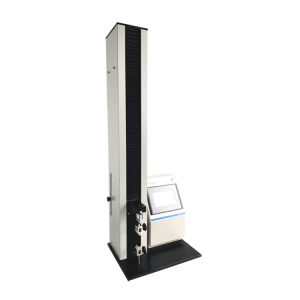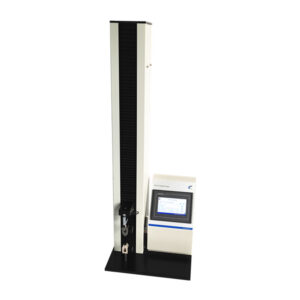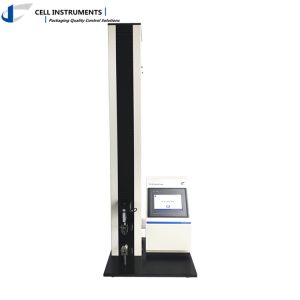ASTM F88
지원서류
ASTM F88 유연한 배리어 재료의 밀봉 강도를 결정하는 데 중점을 둡니다. 일반적인 재료로는 식품, 의약품 및 의료 기기와 같은 포장 산업에 사용되는 플라스틱, 호일 및 라미네이트가 있습니다.
테스트 프로세스
- 준비: 밀봉된 포장에서 시험편을 잘라내어 크기가 균일한지 확인합니다.
- 설정: 시험 장치에 시편을 장착하고, 씰의 양쪽 끝을 기계로 잡습니다.
- 테스트: 밀봉이 분리될 때까지 일정한 속도로 시편에 인장력을 가합니다.
- 측정: 씰을 분리하는 데 필요한 힘을 기록하세요.
테스트 결과 해석
- 피크 포스: 씰이 파손되기 전에 기록된 최대 힘으로 씰 강도를 나타냅니다.
- 실패 모드: 밀봉이 어떻게 실패하는지(예: 접착 실패, 응집 실패 또는 기질 실패) 관찰하면 밀봉 품질에 대한 통찰력을 얻을 수 있습니다.
테스트 유의성
- 품질 관리: 포장의 무결성을 보장하고 오염이나 부패를 방지합니다.
- 규정 준수: 포장에 대한 산업 표준 및 규제 요구 사항을 충족하는 데 도움이 됩니다.
- 제품 안전: 씰이 취급, 운송 및 보관 조건을 견딜 수 있음을 확인합니다.
장비 요구 사항

- 인장 시험기: 제어된 인장력을 가할 수 있음.
- 그립: 미끄러지거나 손상되지 않고 시험편을 단단히 고정하는 데 적합합니다.
- 구경 측정: 결과의 정확성과 반복성을 보장하기 위해 정기적으로 교정됩니다.
지침
- 표본 준비: 사전 테스트 손상을 방지하기 위한 정확한 절단 및 취급.
- 기계 교정: 시험 장비가 올바르게 교정되었는지 확인합니다.
- 테스트 조건: 변동성을 피하기 위해 일관된 환경 조건에서 테스트를 수행합니다.
참조
ASTM F88/F88M-21 유연한 배리어 재료의 밀봉 강도에 대한 표준 테스트 방법
3개 결과 출력




